Vegetable prices in many localities have increased 2-3 times after prolonged floods, putting great pressure on the supply chain and consumers. According to Mr. Nguyen Van Muoi, Deputy General Secretary of the Vietnam Fruit and Vegetable Association (Vinafruit), the supply of vegetables to Ho Chi Minh City has decreased by about 20-30% compared to normal days due to disruptions from growing areas to transportation.

Causes of supply chain disruption
Mr. Muoi said that the severe floods from early October to mid-November had severely affected major vegetable growing areas in Lam Dong province such as Don Duong, Duc Trong, and Lac Duong. These areas supply about 60-70% of green vegetables to Ho Chi Minh City and many southern provinces.
Natural disasters not only damaged production in growing areas but also severely disrupted transportation. Many roads from Lam Dong to Ho Chi Minh City were damaged and eroded, forcing vehicles to take detours, increasing logistics costs and extending delivery times. Harvesting was also difficult because many areas were still flooded.
Double impact on market and consumers
The decline in supply has pushed up vegetable prices at wholesale markets and traditional markets. However, according to Mr. Muoi, modern retail systems such as supermarkets have maintained lower price increases of about 10-15% , demonstrating their role in regulating and stabilizing the market.
This situation creates great pressure on people, especially low-income groups and manual workers, in the context that many families in the South Central and Central Highlands provinces are also suffering heavy damage to their houses and property due to floods.
Market stabilization solutions
To address the situation, experts recommend both short-term and long-term solutions.
Short-term solution
In the short term, the Vietnam Fruit and Vegetable Association recommends that the State soon issue an emergency support policy to help farmers and cooperatives resume production. Functional sectors need to closely coordinate with the retail system to regulate the supply of goods from unaffected areas, ensure circulation and avoid unreasonable price increases.
Long-term orientation
In the long term, the vegetable industry needs to be more proactive in dealing with natural disasters by strengthening regional linkages to regulate supply sources. At the same time, it is necessary to promote investment in sustainable production models such as greenhouses, smart irrigation and the construction of cold storage systems. Expanding offtake contracts between businesses and cooperatives is also considered an important solution to make the supply chain more stable and less dependent on weather factors.
Source: https://baolamdong.vn/gia-rau-xanh-tang-manh-nguon-cung-ve-tphcm-giam-toi-30-405333.html













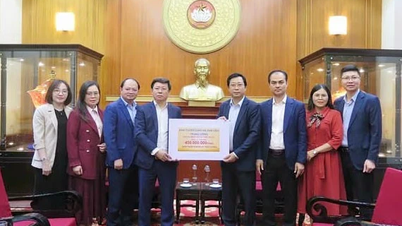

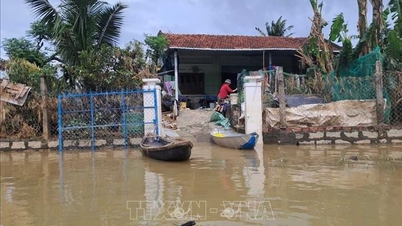




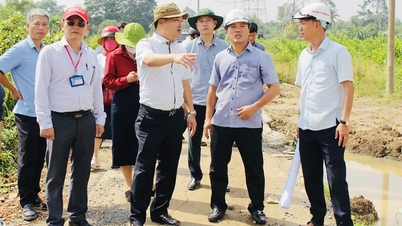

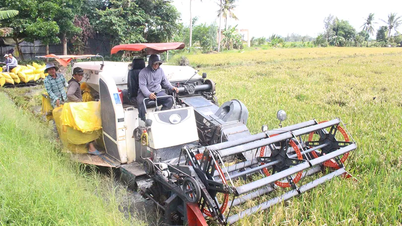





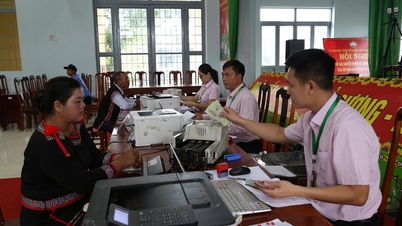




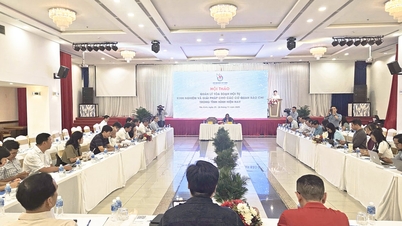
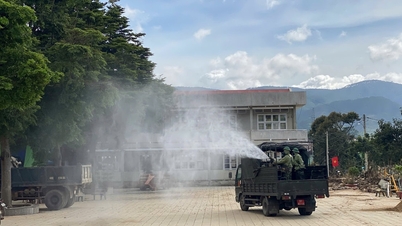




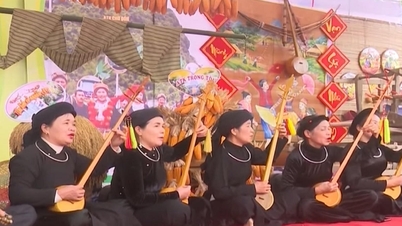


























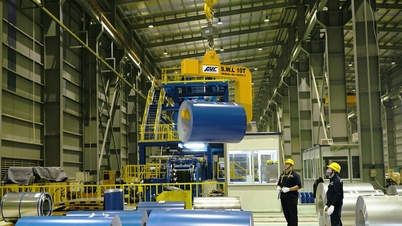

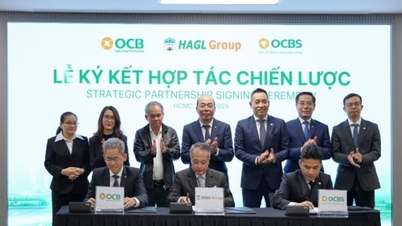
















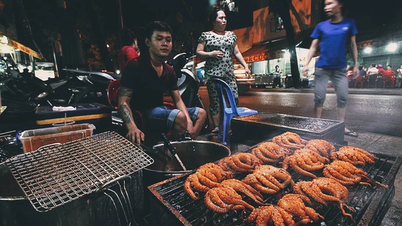



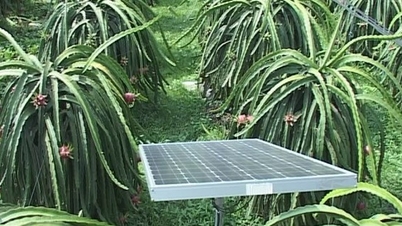

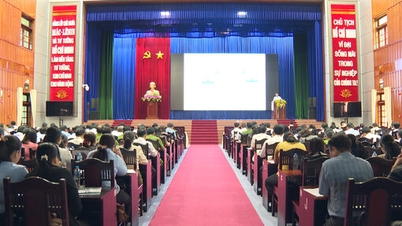




















Comment (0)